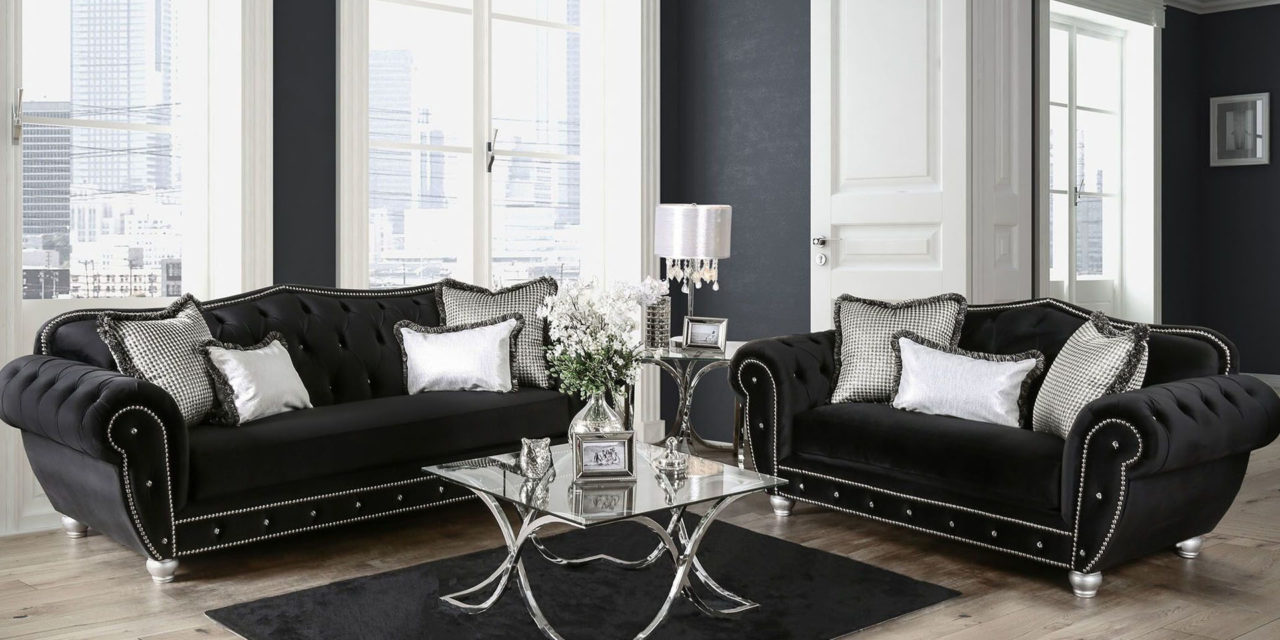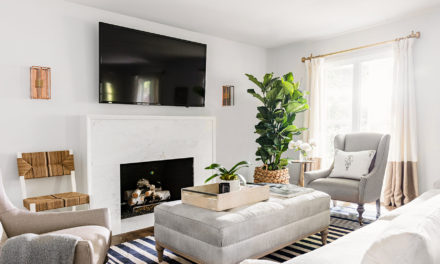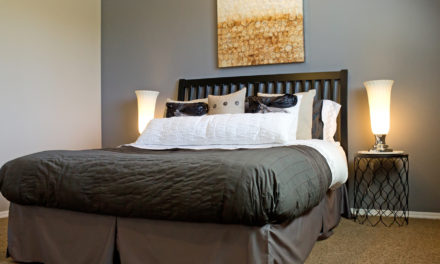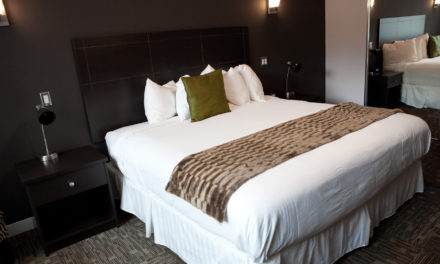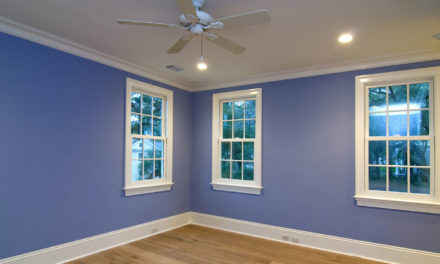The real reason you choose an upholstered chair: comfort. Yes, style matters—you need the chair to fit into your home decor—but you select one because it is comfortable. An upholstered chair is often the “easy chair” you use to relax.
Finding a chair that is comfortable involves considering your height, weight, the way you sit, and your center of gravity. To be comfortable, a chair should be perfectly fitted to your size and shape. Remember Goldilocks? There is a reason she chose Baby Bear’s chair. Each part of the chair should fit you perfectly.
The Chair Seat
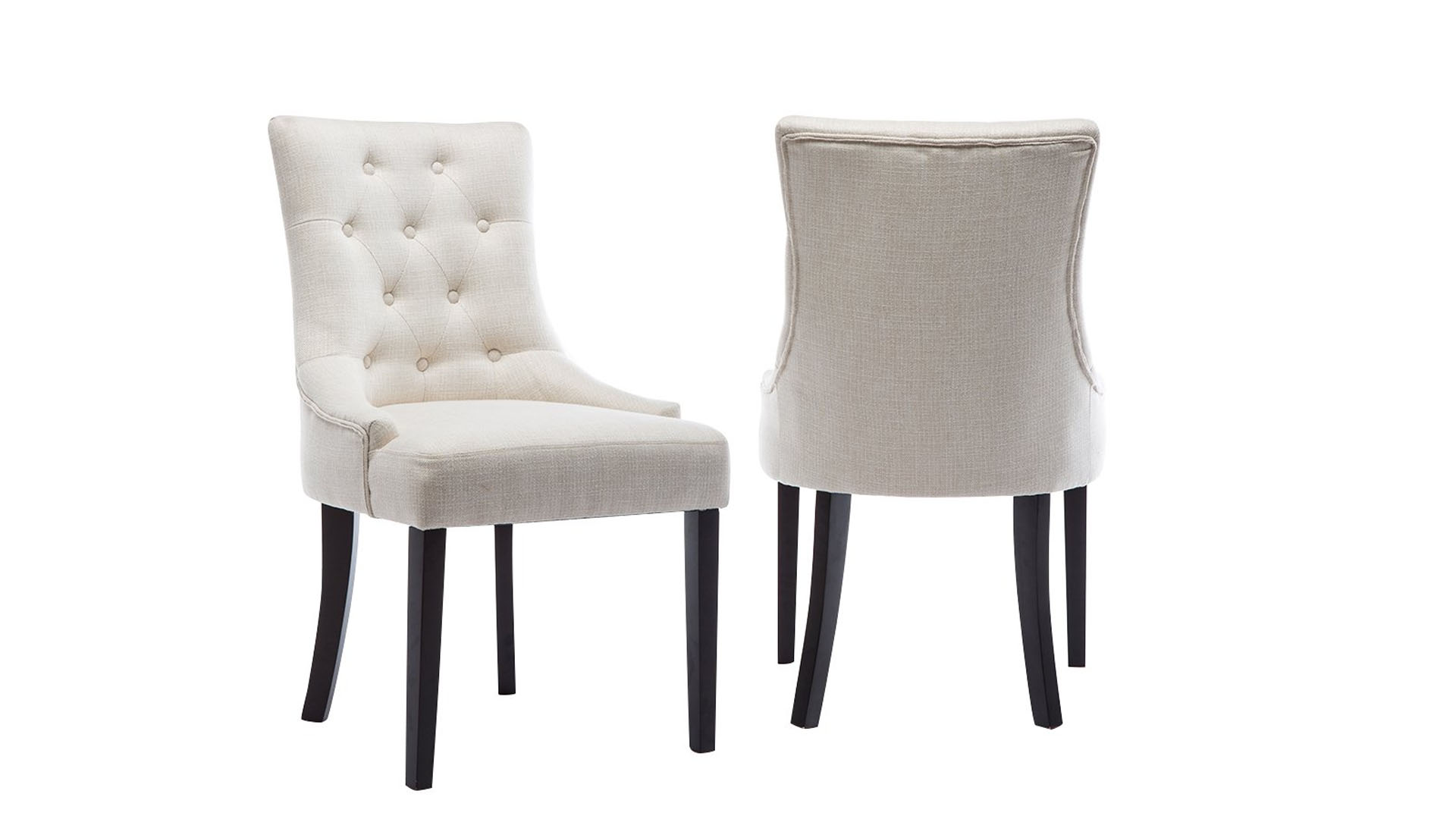
The chair seat is probably the most critical feature of an upholstered chair because it supports your weight. When shopping for a chair, consider these seat elements:
- Feel: The seat should feel soft to sit on yet at the same time it should offer firm support. If the seat sinks in too much, you will have to struggle to get out of the chair. If it is too hard, you may become uncomfortable after sitting in the chair for even a short period.
- Angle: Your thighs should be perpendicular to the floor because you can’t be comfortable if your knees are pointing up or down. Look for a seat height that is right for you. Most chairs are about 18 inches high at the seat, but you can find seats that are higher or lower to match your body shape.
- Depth: If you are taller, look for a seat with greater depth that can easily accommodate the length of your legs. A shallower depth is good if you are not very tall, or suffer from bad knees. Ideally, you should be able to sit fully back in the chair so the bottom of the chair touches your calves without applying too much pressure.
- Width: A wider seat such that is found a chair-and-a-half is good if you like to lounge in your chair. A chair-and-a-half is also a good substitute for a love seat if you are short on space.
The Chair Back
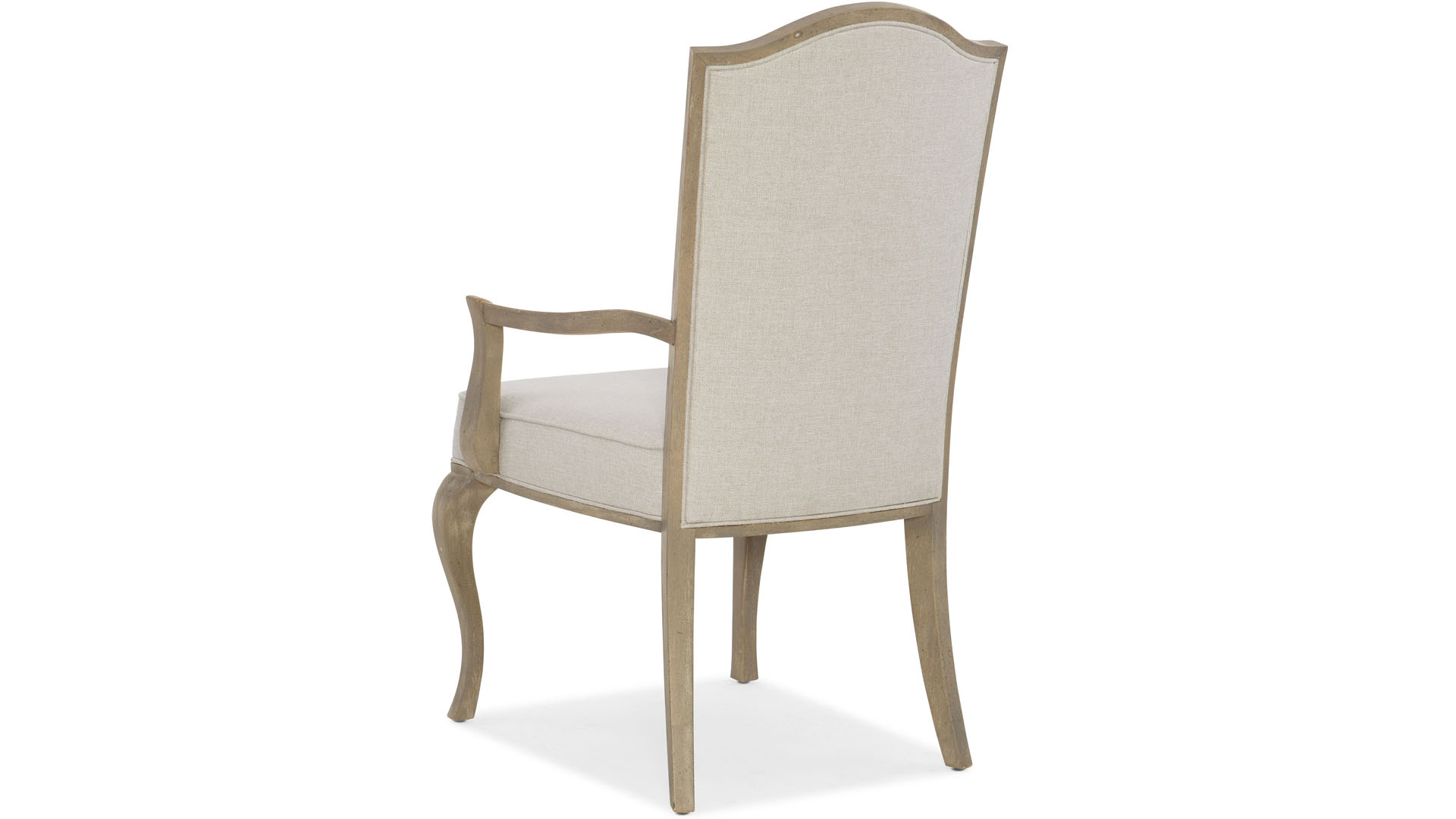
Chair backs can be high or low, but the back is mostly there to offer lumbar support to the lower back. If you read or watch TV in your chair, you may also want a high back that offers some neck support. Chairs with lower backs are good for conversations since you tend to sit up straighter in them, but they are not as good for lounging.
There are two basic kinds of backs: those with a tight cover or those with loose cushions. You can choose whichever look appeals to you, but if you are looking for comfort, cushions do make the chair a little cozier. You can also choose a combination—a chair with a tight back and a cushioned seat or the other way around. Additional pillows along the back can have several functions:
- Offer more support
- Make the seat shallower
- Provide decorative accent by introducing additional color or pattern
Arms

Whether you choose a chair with arms or not is entirely a matter of personal preference. It depends on how you sit, and how often or how long you sit in that chair. If the back is slightly curved in, you will still get some support without actual armrests.
Being able to rest your arms on armrests makes for better relaxation, especially if you use the chair often. The arms are less important for a chair that is used only occasionally, such as when guests visit.
Arms come in many styles. They can be upholstered or hard and can be made of wood or metal or some other material. Or, the arms can be padded on the top while the rest is exposed. When testing a chair, pay attention to whether your arms rest naturally on the chair arm or feel awkward.
Chair Quality

Construction quality determines not only how long a chair will last, but also its comfort level. Quality also affects how it looks, especially over time. Judging a chair for quality is very similar to judging a sofa for quality. The best advise: Buy the best quality chair your budget allows. Look especially for the quality of the frame, seating support, and the filling used for cushions.

